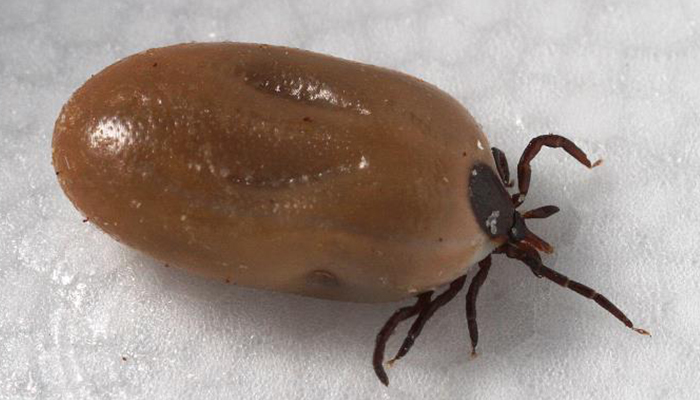While most of the time ticks are just a nuisance, the bites of some species can cause serious illnesses. The most important ticks to watch out for are the blacklegged ticks (also known as deer ticks), which transmit the majority of tick-borne illnesses in MN. Deer ticks are incredibly small. If you find a larger tick on your child, it is not a deer tick. Not all ticks are infected with these illnesses; so even if you find a tick on your child, it does not mean they will get a disease. The highest risk for tick-transmitted diseases is mid-May through mid-July but can continue into the summer.
Lyme disease is the most common tick-borne illness we see in Minnesota. Symptoms include a distinctive “bullseye” rash, fever, chills, headache and joint pain. The tick has to be on for 24-48 hours and needs to be engorged to transmit the bacteria. It is treated with antibiotics, so if your child has symptoms of Lyme disease, please call the clinic and have them seen.
The best thing you can do for your child is to check for ticks after being outside, and remove any ticks as soon as you find them. If you get them off in the first 24 hours then you will have nothing to worry about except the “ick” factor.
For more information on preventing tick bites and removing a tick if you find one (with video): https://www.health.state.mn.us/diseases/tickborne/prevention.html
Dr. Garvis recommends a tick repellent spray that contains Permethrin made from Chrysanthemums, which is non-toxic. This one can stay on your clothes for up to 6 washes; will not stain or damage clothing; odorless after drying; effective against mosquitoes, ticks, chiggers, mites and more.

This is great info since I just moved to Minnesota. Thank you!